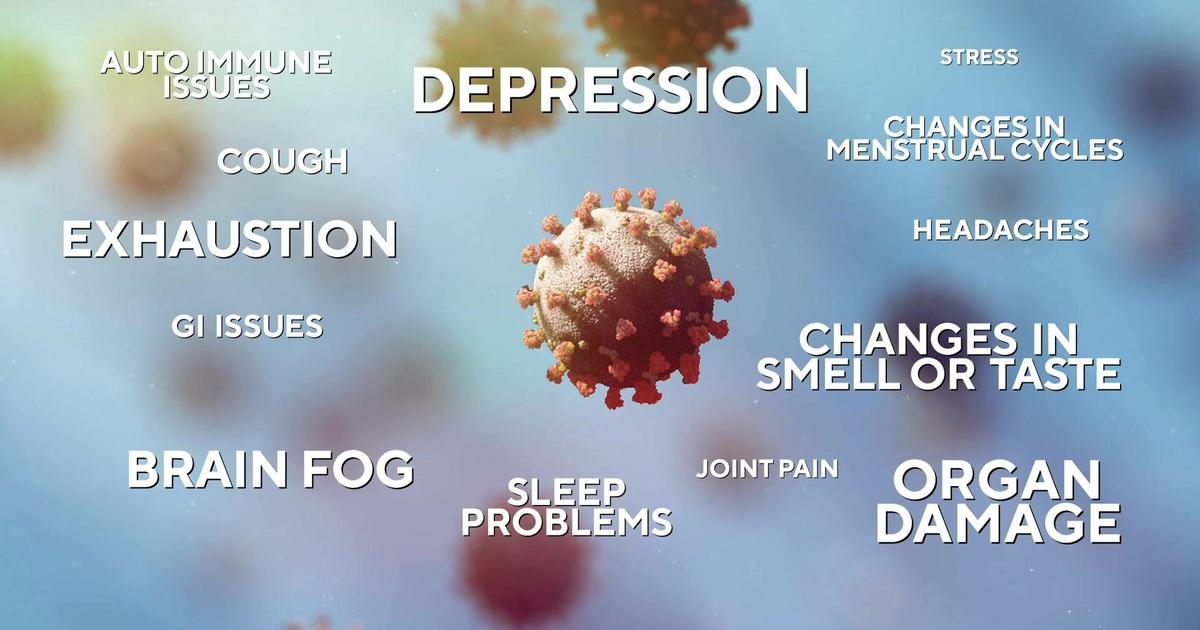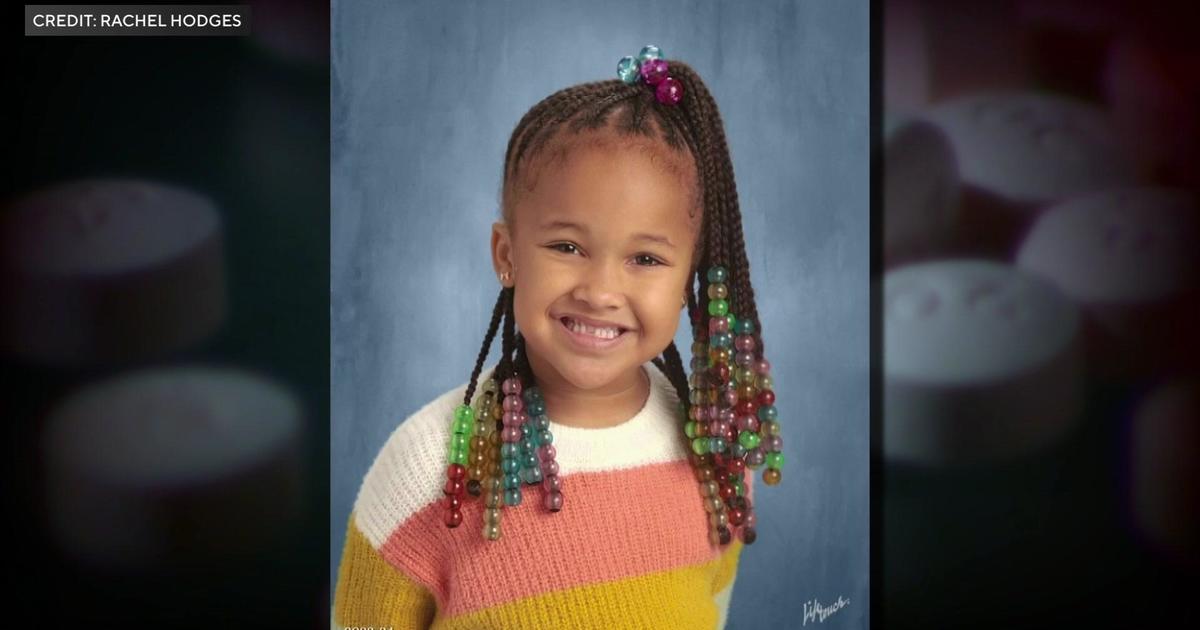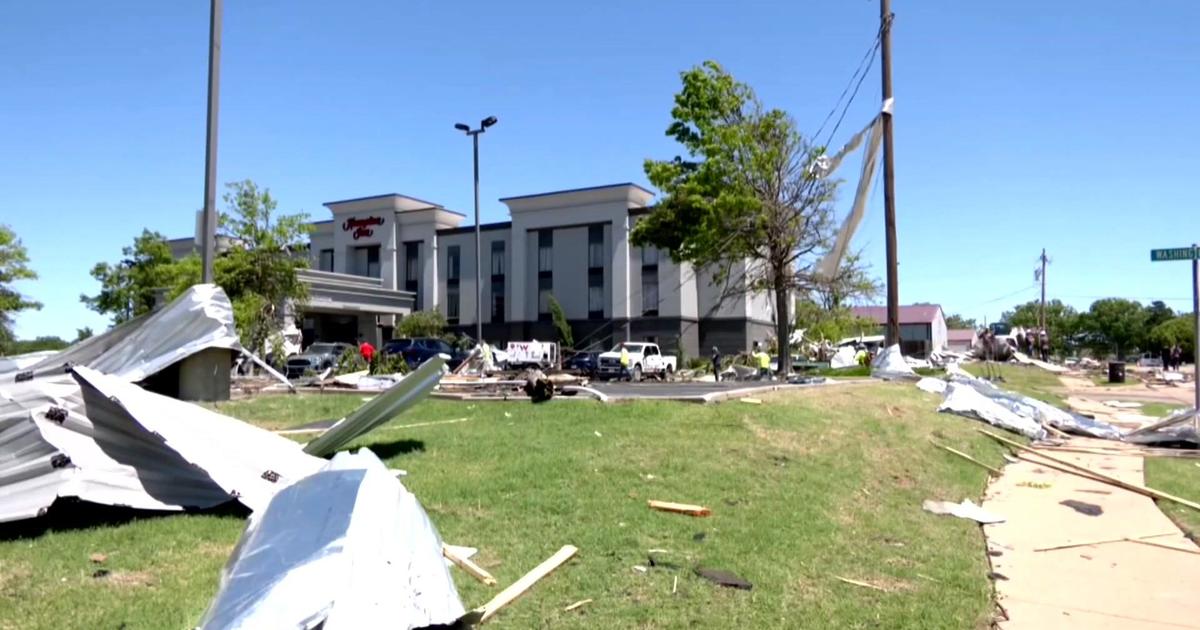What Exactly Do We Know About COVID And Kids?
MINNEAPOLIS (WCCO) -- Back in May, Charles and Kirsten Johnson-Nixon developed serious cases of COVID-19 lasting almost two weeks. They were exhausted, achy and feverish.
"The flu has nothing on COVID," said Charles, a middle school assistant principal. "It really beats you up."
It's not clear where the Johnson-Nixon's contracted COVID-19, but Kirsten's parents also developed dangerous symptoms, sending them both to the hospital. It was around that time Kirsten started to really worry about her three teenage sons.
"I did worry – when will the shoe fall," she said. "There was a constant worry that they would get sick too."
They had the whole family tested. Two boys tested positive and the lab results never came back for the third, so both Kirsten and Charles assumed he was infected with the virus as well.
Their oldest son, 17-year-old Caleb, only lost his sense of smell, while 13-year-old Raphael had a bad headache for a day and then a lingering cough for a week. Raphael's twin, Judah - whose test results were lost - showed no symptoms at all.
"It seems most kids who have COVID are not as sick as adults," said Dr. Anu Kalaskar, co-medical director for infectious diseases at Children's Minnesota.
Dr. Kalaskar said it's not clear why COVID-19 symptoms among children are less severe, but there are several theories. She said it could be related to a difference in immune system, less exposure compared to adults, or competition from other coronaviruses that might be or have been circulating in children.
"We just don't know," she said.
That said, some children with COVID-19 can get very sick. According to the Minnesota Department of Health, 1.6% of confirmed cases for people under the age of 20 ended up in the hospital. That's compared to 8.5% of COVID-positive adults. According to Minnesota State Epidemiologist Ruth Lynfield, many of those children do have underlying conditions, but not all of them.
"What sets children apart from adults is that children are at risk for something called multi-system inflammatory syndrome," said Dr. Kalaskar. That's a condition where body parts, including organs, become significantly inflamed weeks after exposure to the virus. There have been 27 cases of MIS-C in Minnesota.
So, what does this mean for schools?
On Tuesday, CBS This Morning, Dr. Ashish Jha, Dean of Brown University School of Public Health, said he was optimistic that schools can reopen safely.
"I think we are learning, as schools are reopening, especially, the younger grades – K through 5 – look pretty safe in most communities," he said. "Older, high school, I think you still have to be more careful, mask-wearing, some level of testing would be helpful everywhere."
In Minnesota, there have been 1,315 confirmed cases of COVID in schools this fall – half teachers and half students. According to Susan Klammer, an MDH epidemiologist, it can be hard to parse out where the transmission happened – whether it be school events or social community gatherings.
MDH now makes a public list of school buildings with five or more confirmed cases in students or staff who were in the building while infectious.
Klammer said when it comes to Minnesota, it's important to look at community transmission, as well as space constraints and ventilation issues in schools.
And, Lynfield pointed out, it's important to remember that it's not just children in school buildings, but teachers, staff, coaches and principals.
"We're constantly thinking about it," said Johnson-Nixon, whose South Washington County middle school is operating under a hybrid model. "But, it's something that we're working on every day to keep kids safe with social distancing, masks, shields and hand sanitizer."



